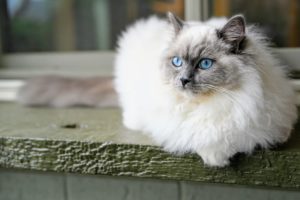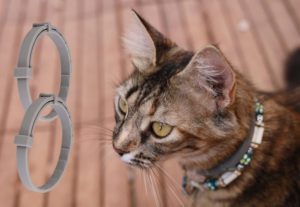Are you a cat lover looking for the perfect feline companion? If shedding is a concern for you, it’s important to understand the shedding patterns of different cat breeds. Shedding is the natural process where cats lose their old hair and grow new hair. While shedding is a normal occurrence, some cat breeds shed more than others. In this article, we will explore cat breeds that shed more and those that shed less. This information will assist you in selecting the ideal cat for your needs.
Exploring Shedding Patterns
Understanding the shedding patterns of cat breeds is crucial when making an informed decision. Let’s delve into the three main categories: heavy shedders, moderate shedders, and minimal shedders or hypoallergenic breeds.
1. Heavy Shedders
Certain cat breeds possess thick, long fur that sheds consistently throughout the year. These breeds require regular grooming to prevent matting and tangling of their fur. Additionally, they tend to leave behind significant amounts of hair on furniture, clothes, and floors. The following breeds fall under the heavy shedders category:
Persian: Known for their luxurious coats, Persians shed copiously and necessitate meticulous grooming to maintain their fur’s beauty.

Maine Coon: With their large size and magnificent coats, Maine Coons shed considerably and require regular grooming sessions.
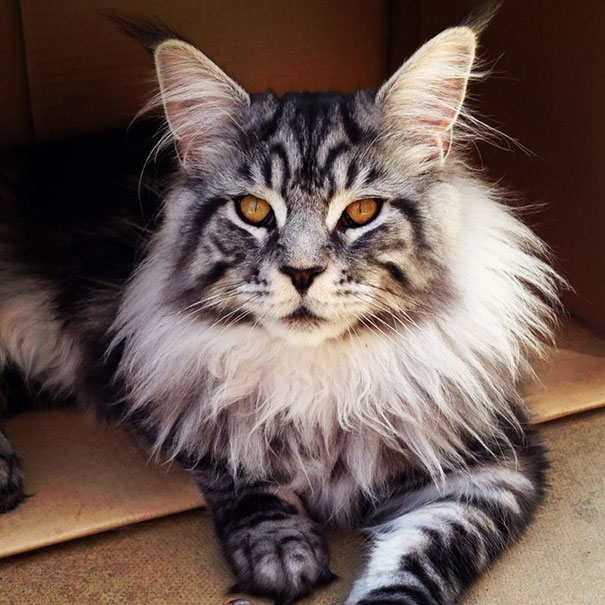
Norwegian Forest Cat: These majestic cats possess dense, water-repellent fur that sheds heavily, especially during seasonal changes.
:max_bytes(150000):strip_icc():format(webp)/norwegian-forest-cat-4170085-fe84aa86023446c4b64236ddfbdefd2b.jpg)
Ragdoll: Despite their gentle and affectionate nature, Ragdolls shed a substantial amount of fur throughout the year.
:max_bytes(150000):strip_icc():format(webp)/GettyImages-145577979-d97e955b5d8043fd96747447451f78b7.jpg)
Himalayan: As a long-haired breed, Himalayans have a high shedding tendency and necessitate regular grooming to prevent matting.

Siberian: Renowned for their hypoallergenic properties, Siberians still shed quite a bit, albeit less than some other breeds.

2. Moderate Shedders
Cat breeds in this category have either medium-length or short fur that sheds moderately year-round. Maintaining the health and shine of their fur often requires regular grooming. While they don’t shed as profusely as heavy shedders, they may still leave traces of hair on furniture, clothes, and floors. The following breeds fall into the moderate shedders category:
American Shorthair: Known for their longevity and robustness, American Shorthairs shed moderately, requiring routine grooming sessions.

British Shorthair: With their plush, dense coats, British Shorthairs shed moderately and need regular grooming to keep their fur in top condition.

Siamese: These elegant cats possess short, fine fur that sheds moderately but is relatively easy to manage with regular grooming.
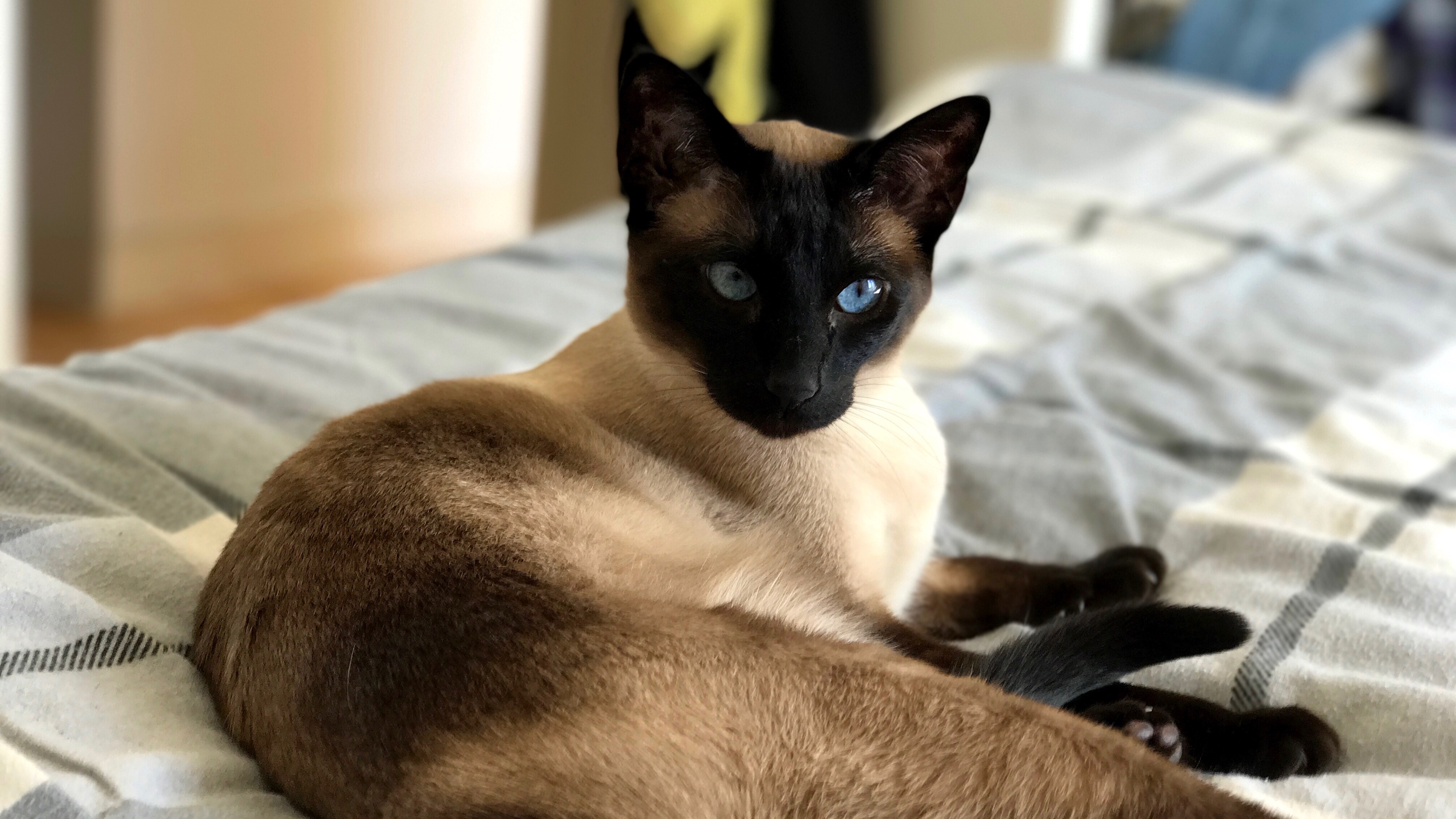
Abyssinian: Renowned for their playful and active nature, Abyssinians shed moderately and require routine grooming to maintain healthy coats.
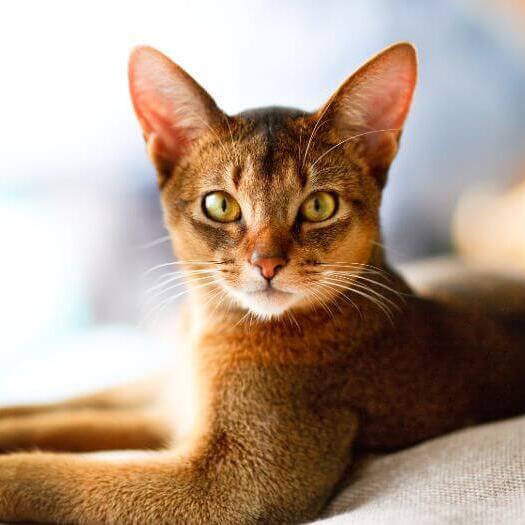
Bengal: Known for their stunning coat patterns, Bengals have a moderate shedding tendency and benefit from regular grooming.

Turkish Angora: These graceful and longhaired cats shed moderately, necessitating regular grooming sessions.
:max_bytes(150000):strip_icc():format(webp)/GettyImages-1140917170-727bc42801da47c4ace4eb34940d2120.jpg)
3. Minimal Shedders or Hypoallergenic Breeds
For individuals seeking a cat with minimal shedding or dealing with allergies, hypoallergenic breeds can be an excellent choice. These breeds have very short or no fur, resulting in minimal shedding or no shedding at all. Additionally, they often produce fewer allergenic proteins, reducing the likelihood of triggering allergic reactions. Here are some examples of minimal shedders or hypoallergenic breeds:
Sphynx: As a hairless breed, Sphynx cats shed very little or not at all, making them a great choice for those with allergies or a preference for low-shedding cats.
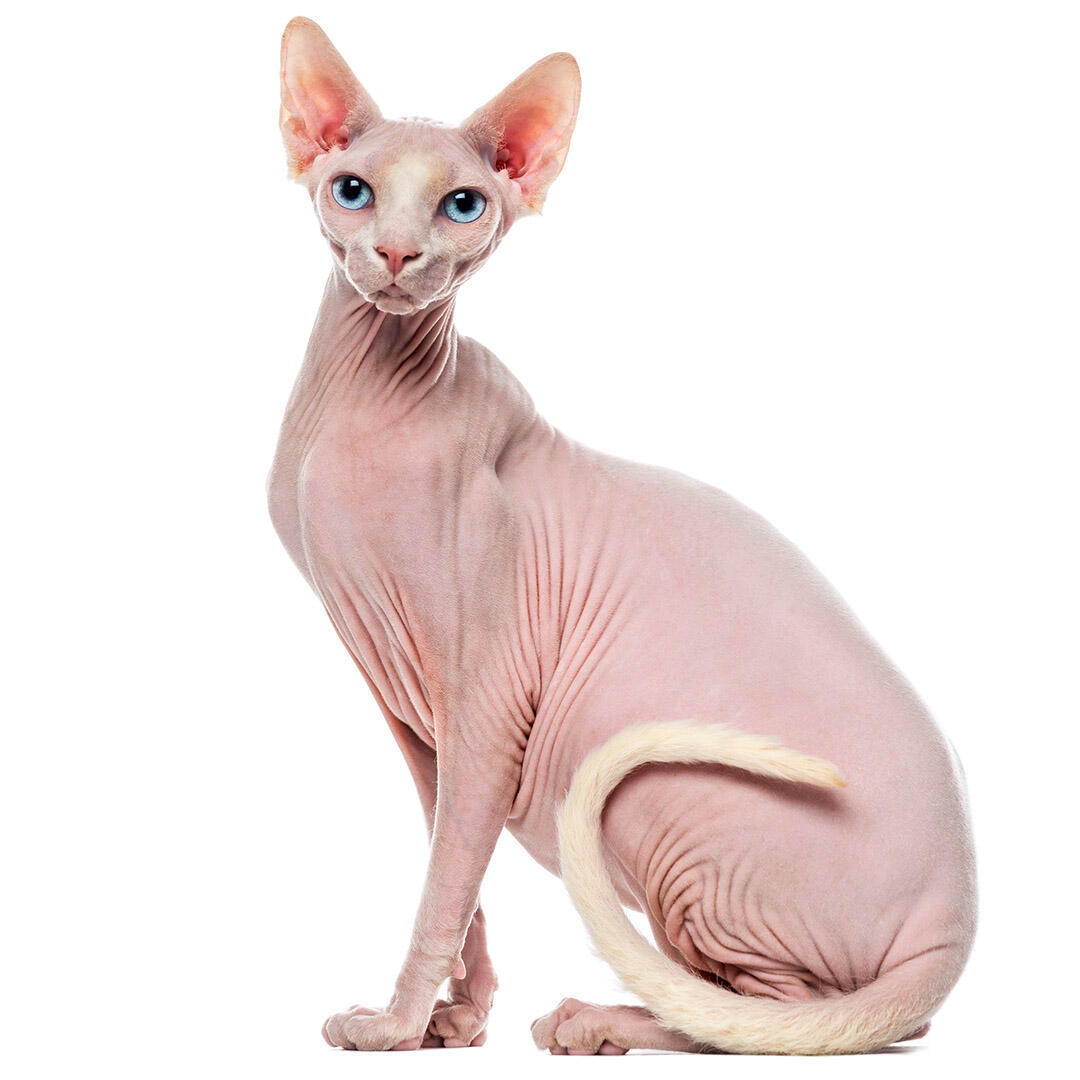
Cornish Rex: These cats have soft, curly fur that sheds minimally. Regular grooming is still necessary to maintain their unique coat texture.

Devon Rex: Similar to the Cornish Rex, Devon Rex cats have minimal shedding tendencies and require regular grooming to keep their fur in optimal condition.

Oriental Shorthair: With their short, sleek coats, Oriental Shorthairs shed very little, making them a suitable choice for those who prefer low-shedding breeds.
:max_bytes(150000):strip_icc():format(webp)/GettyImages-1324924369-5dfbda5801d44cfe927125d789b099a5.jpg)
Balinese: Despite their luscious coat, Balinese cats are considered hypoallergenic and shed significantly less than other long-haired breeds.
:max_bytes(150000):strip_icc():format(webp)/GettyImages-855587394-902433e789c9423cb683be8e9c1291ce.jpg)
Russian Blue: Known for their beautiful blue coats, Russian Blues shed minimally and produce fewer allergenic proteins, making them a desirable choice for individuals with allergies.
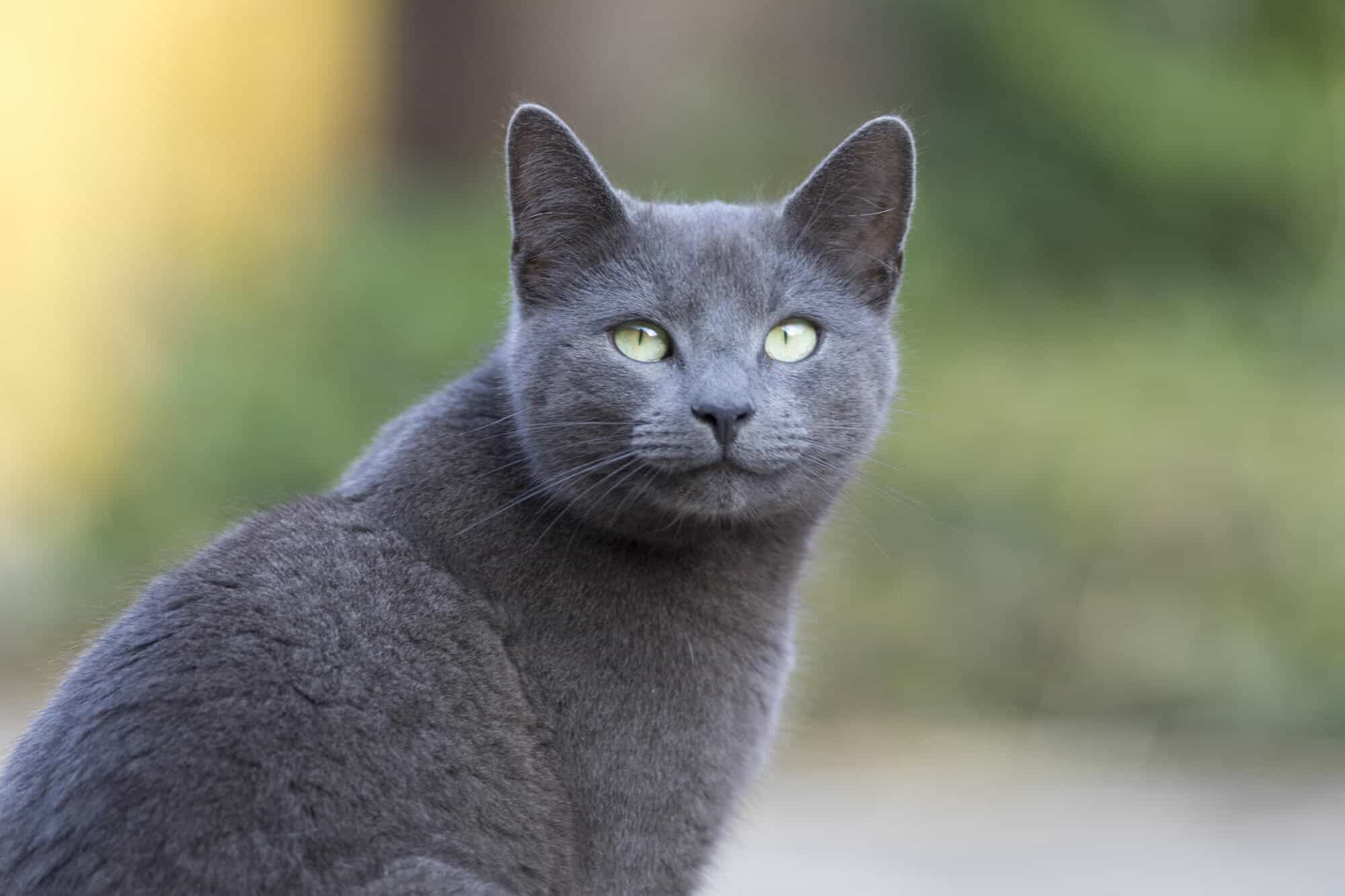
| Learn how to deal with cat shedding by following the effective tips and methods in our article: Manage Cat Shedding with Proven Tips and Technique |
The Benefits of Choosing a Hypoallergenic Cat Breed
Opting for a hypoallergenic cat breed offers several advantages, particularly for individuals allergic to cats or those aiming to reduce the amount of hair in their homes. While hypoallergenic cats are not entirely allergen-free, they typically produce fewer allergenic proteins and shed less than other cat breeds. Consider the following benefits when contemplating a hypoallergenic cat:
Reduced Allergic Symptoms: Choosing a hypoallergenic breed may lead to fewer or milder allergic reactions such as sneezing, itching, or asthma.
Lower Grooming Costs: With hypoallergenic cats shedding less, you can save both time and money on grooming products and services.
Decreased Cleaning Efforts: Hypoallergenic cats leave behind minimal hair, resulting in less cleaning work around your home.
Conclusion
Selecting a cat breed based on shedding patterns is crucial for cat lovers seeking a harmonious relationship with their feline companions. By familiarizing yourself with the shedding tendencies of various cat breeds, you can choose a cat that aligns with your preferences and lifestyle. Remember that shedding can be influenced by factors such as weather, health, and diet. Regular grooming and a balanced diet are key to managing shedding effectively. Armed with this knowledge, make an informed decision, and revel in a joyous and fulfilling bond with your furry friend.
With a passion for cats and years of experience in cat care and grooming, I have gained valuable insights and expertise that I want to share with other cat lovers. I believe that every cat deserves the best care possible, and through this platform, I aim to empower cat owners like you to provide the utmost love and care for your feline companions.


